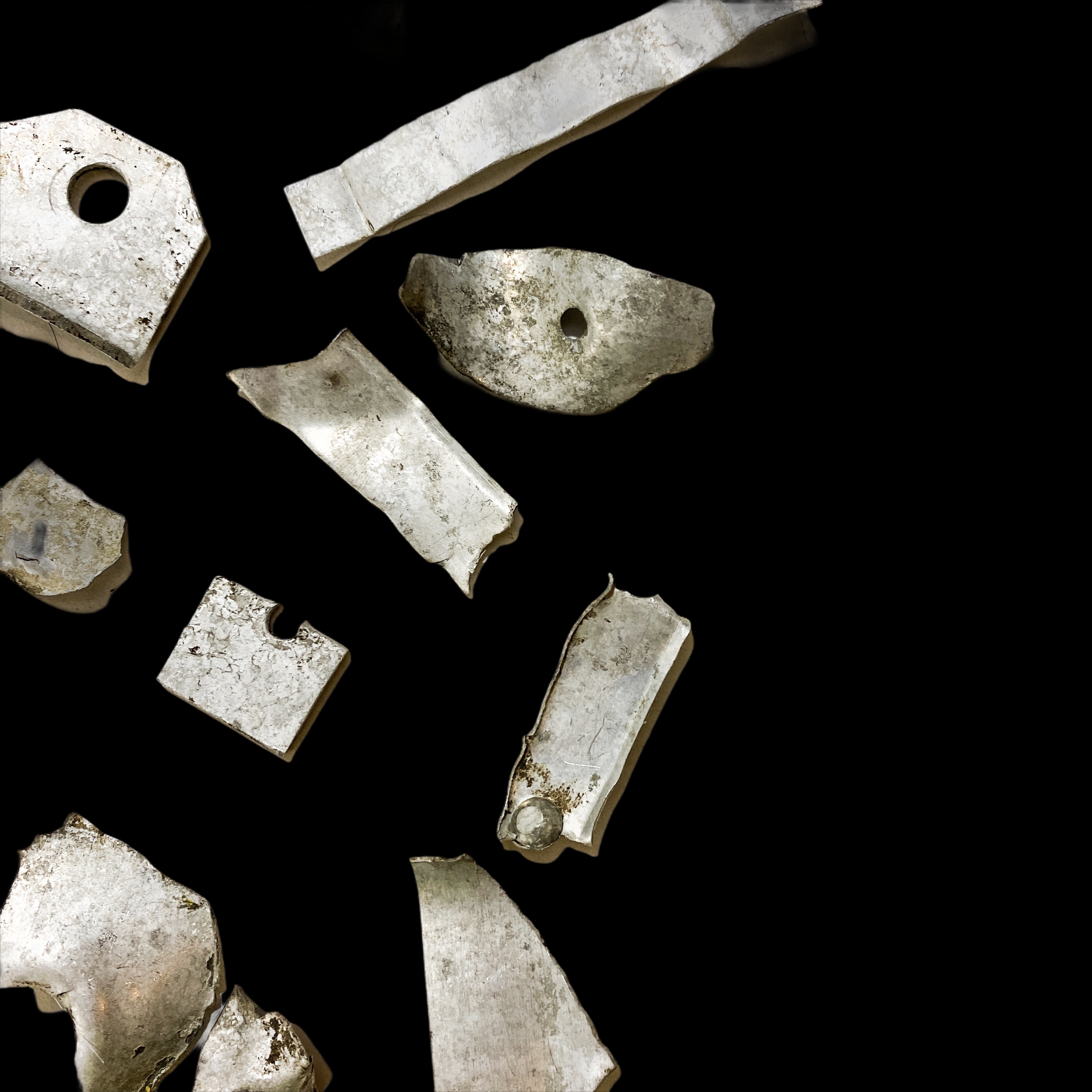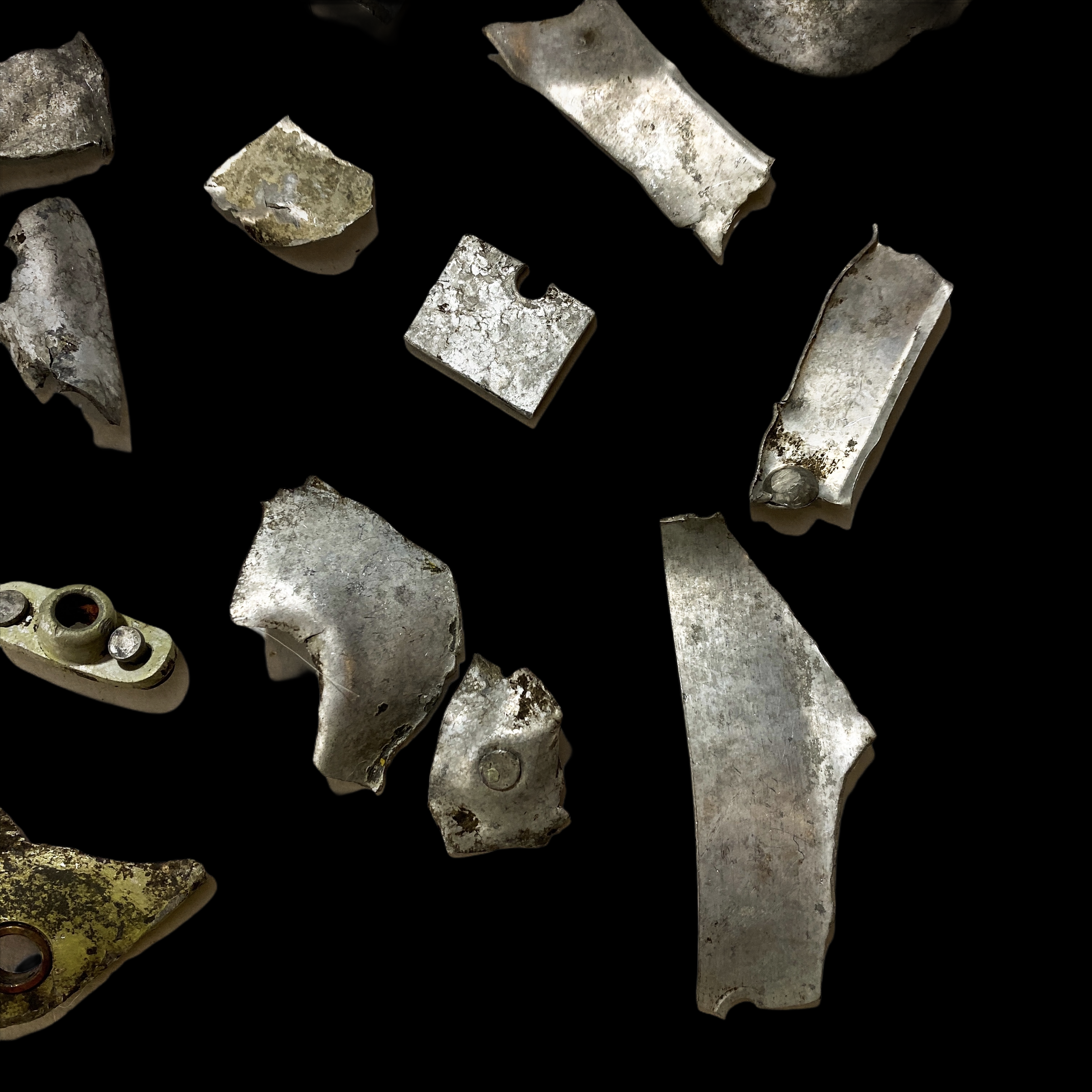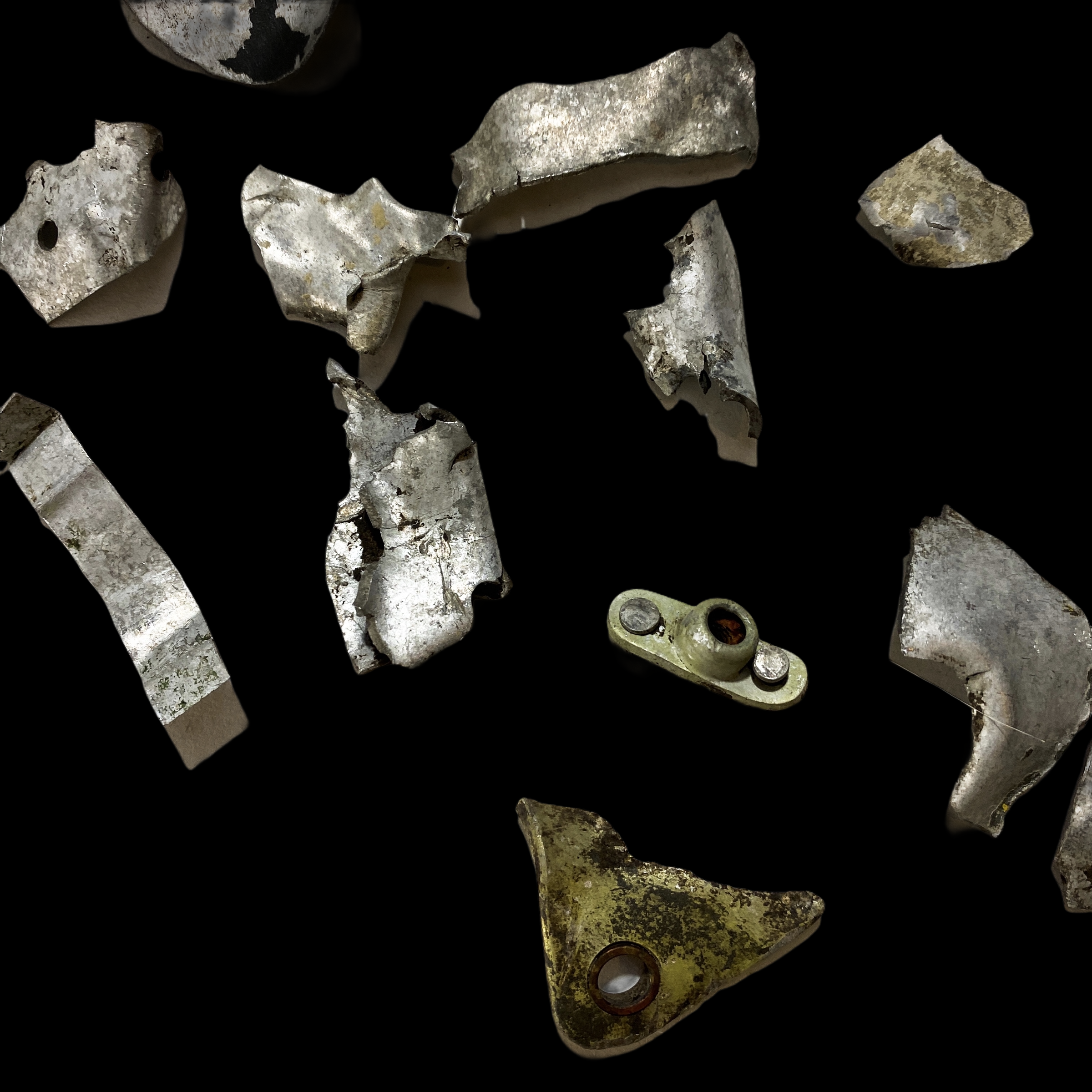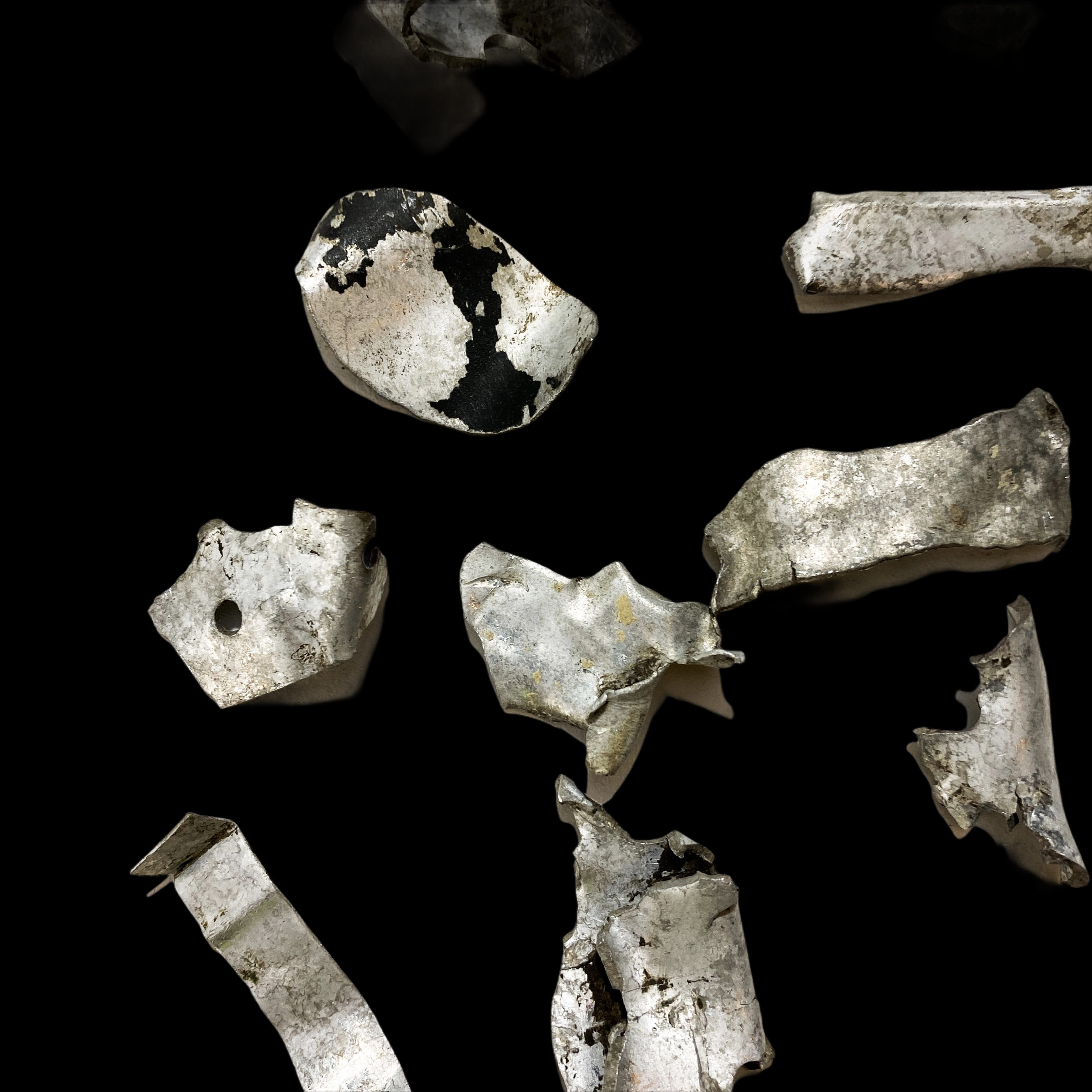1 'Randomly' Selected German WWII Luftwaffe Ju-87 Small Micro Wreckage Fragments









1 'Randomly' Selected German WWII Luftwaffe Ju-87 Small Micro Wreckage Fragments
* Small micro fragments recovered from a newly discovered WWII German JU-87 wreckage site. These small pieces make for an inexpensive price…but just as much history.
This is a one-of-a-kind chance to own an amazing piece of a shot down Luftwaffe Ju-87 outer skin wreckage fragment. This exclusive collection of wreckage fragments from a downed German Ju-87 Luffwaffe aircraft come excavated and dug from a newly discovered plane and wreckage site along what was the Eastern front of WWII. These skin fragments are in remarkable condition and show the intense fragmentation the plane felt on its impact. Many of the outer skin fragments still contain most of the original outer paint including the infamous black and camouflaged exterior as well as some rare white and yellow fragments from the planes ID markers and insignia. We were able to privately obtain a large selection of pieces from this wreckage site including a wide range of large, medium and small pieces.
When purchasing an artifact from our ‘Lot Collection’ you will receive one randomly selected artifact from the lot (group) of relics you see in the photo. The photo represents the exact quantity that is originally available as well as one of the randomly selected relics that you will receive. Meaning that one of the artifacts you purchased and receive is pictured in this exact photo.
History of the Ju 87 (Stuka):
The Junkers Ju 87 or Stuka (from Sturzkampfflugzeug, "dive bomber") was a German dive bomber and ground-attack aircraft. Designed by Hermann Pohlmann, it first flew in 1935. After the Battle of Britain, the Stuka was used in the Balkans Campaign, the African and Mediterranean theatres and the early stages of the Eastern Front, where it was used for general ground support, as an effective specialized anti-tank aircraft and in an anti-shipping role. Once the Luftwaffe lost air superiority, the Stuka became an easy target for enemy fighter aircraft. It was produced until 1944 for lack of a better replacement. By 1945 ground-attack versions of the Focke-Wulf Fw 190 had largely replaced the Ju 87, but it remained in service until the end of the war.